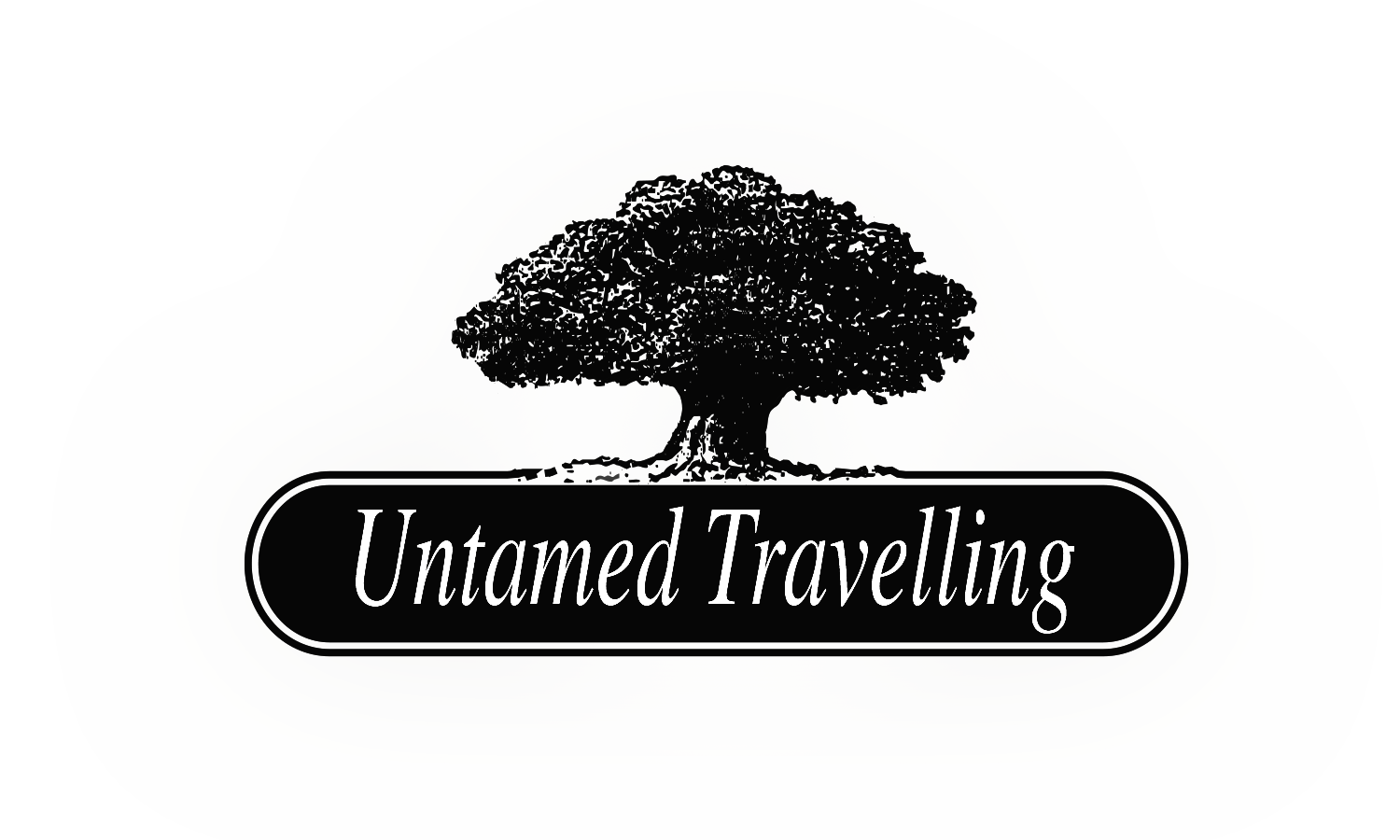THE INHABITED WORLD
The two major islands –East and West Falklands – are home to about 2,500 inhabitants. Most live in the colorful and charming capital Stanley. Cottages with neat lawns, cosy pubs and an Anglican cathedral remind you that you are on British soil. During an excursion through the city you will pass monuments, museums, a peat farm, and in the port there are shipwrecks from different eras. You'll travel along the fascinating human history of the Falklands, dating back to the year 1690, when explorers marked the islands on the world map.
SHEEP AND PENGUINS
In summer the rolling lowland is green, only the mountain tops are covered with snow and ice all year. Introduced species – such as sheep and reindeer – found their place in the sub-Antarctic ecosystem. Where grassy plains turn into rocks and beaches, sheep pass colonies of rock penguins and Magellanic geese undisturbed.
ANCIENT LANDSCAPES
The cruise ship takes you to several small islands. On the way, look out for short-snouted dolphins and dolphins from Peale. The islands are rugged and pristine, ancient landscapes with cliffs, rocks, marshes and unique vegetation. On land you can walk, sometimes it's a bit of scrambling, but then you can observe many bird species: imperial cormorants, eyebrow albatros, Falklandcaracaras, petrels and hunters, and of course even more penguins.

